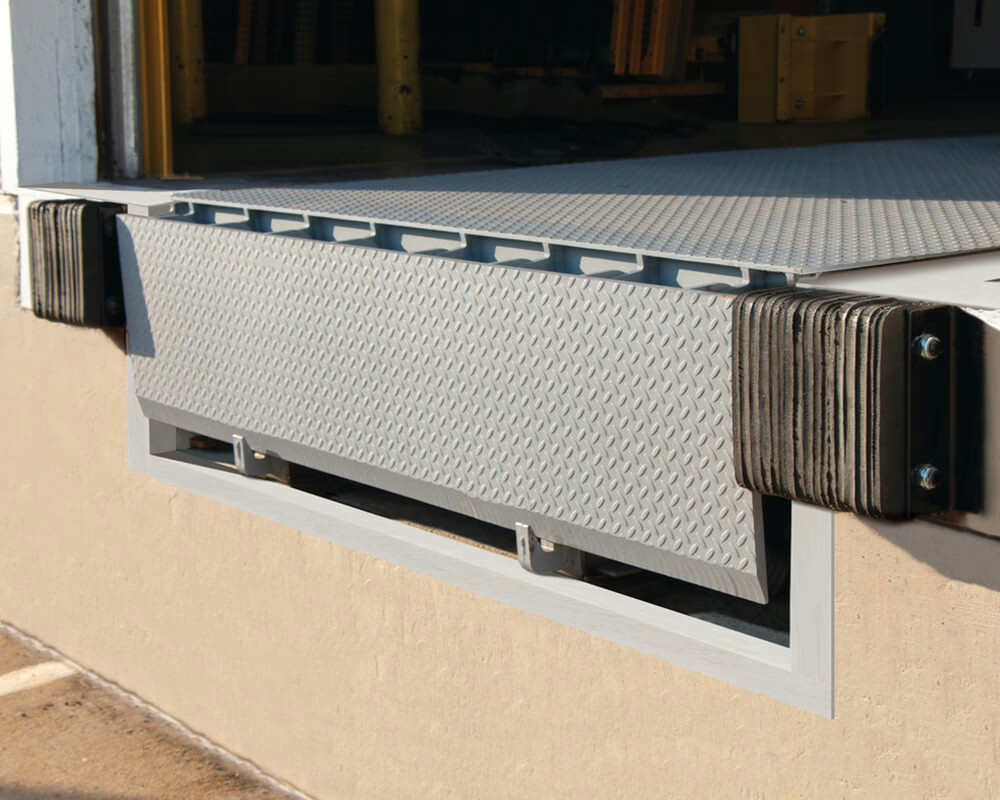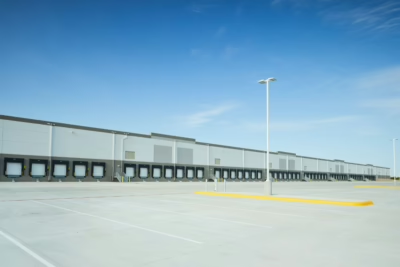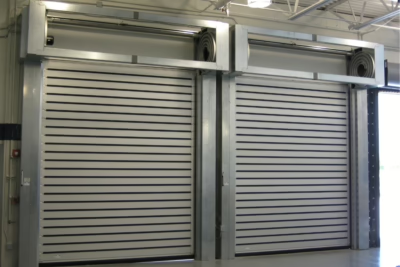Loading dock bumpers are one of the most overlooked, yet critical, components of any commercial dock setup. They serve as the first line of defense between trailers and your building, protecting your facility, equipment, and personnel from costly damage.
Whether you manage a warehouse, distribution center, or cold storage facility, choosing the right type of bumper and maintaining it properly can dramatically impact operational efficiency and dock longevity.
This guide covers the different types of loading dock bumpers, how to select the right one for your operation, and the best practices for long-term maintenance.
Why Dock Bumpers Matter
Dock bumpers absorb the impact of trucks during loading and unloading. Without them, even low-speed trailer contact can cause:
- Structural damage to dock walls and foundations
- Misalignment of dock levelers and doors
- Increased wear and tear on loading dock equipment
- Higher maintenance costs and downtime
They also help maintain the seal between the trailer and dock, especially in temperature-sensitive or clean environments.
A well-selected and well-maintained dock bumper extends the life of your facility while keeping your operations safer and more efficient.
Common Types of Loading Dock Bumpers
There’s no one-size-fits-all solution. The right bumper depends on your facility’s traffic patterns, equipment, and trailer types. Below are the most common types of dock bumpers used in commercial loading docks.
1. Laminated Dock Bumpers
Made from compressed layers of recycled truck tire material, laminated bumpers are extremely durable and provide excellent impact absorption.
Best for:
- Moderate to high traffic docks
- Standard trailer contact
- General-purpose protection
Benefits:
- Excellent shock absorption
- Resistant to weather and chemicals
- Available in multiple sizes and mounting configurations
2. Molded Dock Bumpers
Molded bumpers are made from a solid rubber compound that’s cast into a single shape. While more affordable, they’re typically used in low-impact applications.
Best for:
- Low-traffic docks
- Light-duty or indoor operations
- Areas with limited trailer movement
Benefits:
- Cost-effective
- Simple to install
- Suitable for tight or confined spaces
3. Steel-Faced Dock Bumpers
These combine a laminated core with a heavy-duty steel front plate. The steel face allows trailers to scrape or bump the surface repeatedly without damaging the rubber beneath.
Best for:
- High-impact environments
- Facilities with vertical trailer movement
- Docks using yard jockeys or frequent repositioning
Benefits:
- Extended lifespan under extreme use
- Ideal for rugged or abusive applications
- Reduces long-term maintenance and replacement costs
4. Sliding or Adjustable Bumpers
These bumpers can be vertically adjusted to match trailer height or retract when not in use.
Best for:
- Docks with varying trailer bed heights
- Facilities handling different vehicle types
- Precision docking operations
Benefits:
- Flexible protection
- Reduces risk of off-center impacts
- Ideal for custom or specialized dock layouts
How to Choose the Right Dock Bumper
Several factors influence the right bumper for your application:
Dock Height and Approach Angle
Is your dock flush or inclined? Steep approaches put more vertical pressure on bumpers, making steel-faced or laminated options a better fit.
Frequency of Use
High-volume loading docks benefit from heavy-duty laminated or steel-faced bumpers to withstand repetitive contact.
Trailer Types
Reefer trailers, flatbeds, and lift-gate trucks all contact the dock differently. Make sure your bumpers match the vertical and horizontal impact zones of the vehicles you service.
Environmental Conditions
Facilities exposed to weather or chemical washdowns should use bumpers that resist moisture and corrosion — like laminated models.
Budget vs. Long-Term ROI
While molded bumpers are more affordable upfront, heavy-duty options reduce the frequency of replacement and repair over time.
Working with an expert like DuraServ ensures your bumpers are properly sized, placed, and installed for your specific facility needs.
Common Dock Bumper Mistakes to Avoid
Even the best bumpers won’t perform well if they’re installed or maintained incorrectly. Here are the most frequent mistakes facility managers make:
- Installing bumpers that are too small or improperly positioned
- Using molded bumpers in high-impact areas
- Allowing damaged bumpers to remain in place, exposing the dock wall
- Failing to replace worn bumpers before they lose functionality
- Not accounting for seasonal trailer changes (e.g., reefer expansion during peak season)
Routine inspection and proactive replacement are essential for safe and efficient operation.
How to Maintain Your Dock Bumpers
Dock bumpers are built for impact, but they still need regular maintenance. Here’s how to keep them in optimal shape:
Schedule Routine Inspections
Check for cracks, shearing, or separation from the mount. Bumpers should always retain their shape and stay securely anchored to the dock face.
Monitor Compression Depth
Laminated bumpers lose effectiveness once they compress beyond 25–50% of their original thickness. Replace as needed.
Watch for Uneven Wear
Off-center trailer hits can wear bumpers on one side. Reevaluate your trailer alignment or switch to a larger model for more coverage.
Replace Bolts and Mounting Hardware
Over time, bolts can corrode or loosen from constant impact. Tighten or replace hardware as part of your regular maintenance schedule.
Document Maintenance Cycles
Maintain records for OSHA and insurance compliance, especially in high-volume or food-related facilities.
Real-World Example: Upgrading Dock Bumpers in Dallas, TX
A food distribution center in Dallas — one of DuraServ’s major service areas — was experiencing frequent wall damage and misalignment of dock levelers. The existing molded rubber bumpers had worn down after just 18 months of moderate use.
After evaluating traffic and trailer patterns, DuraServ replaced the molded units with steel-faced laminated bumpers sized specifically for the trailer height and approach angle. The change led to:
- A 3x increase in bumper lifespan
- Improved alignment for dock levelers
- Fewer safety incidents caused by wall impact
- Lower maintenance costs over a 24-month period
This simple upgrade saved thousands in repair costs and improved day-to-day operations.
Get Expert Help Choosing and Maintaining Your Dock Bumpers
Dock bumpers may be a small component in your overall dock system, but their impact is anything but minor. Selecting the right bumper type and maintaining it properly prevents structural damage, protects your equipment, and ensures a safer working environment.
At DuraServ, we offer a wide range of commercial dock bumpers and custom solutions tailored to your facility’s needs. Whether you’re replacing a single unit or outfitting an entire fleet of docks, our team can help you design a bumper system that provides long-lasting protection and performance.



